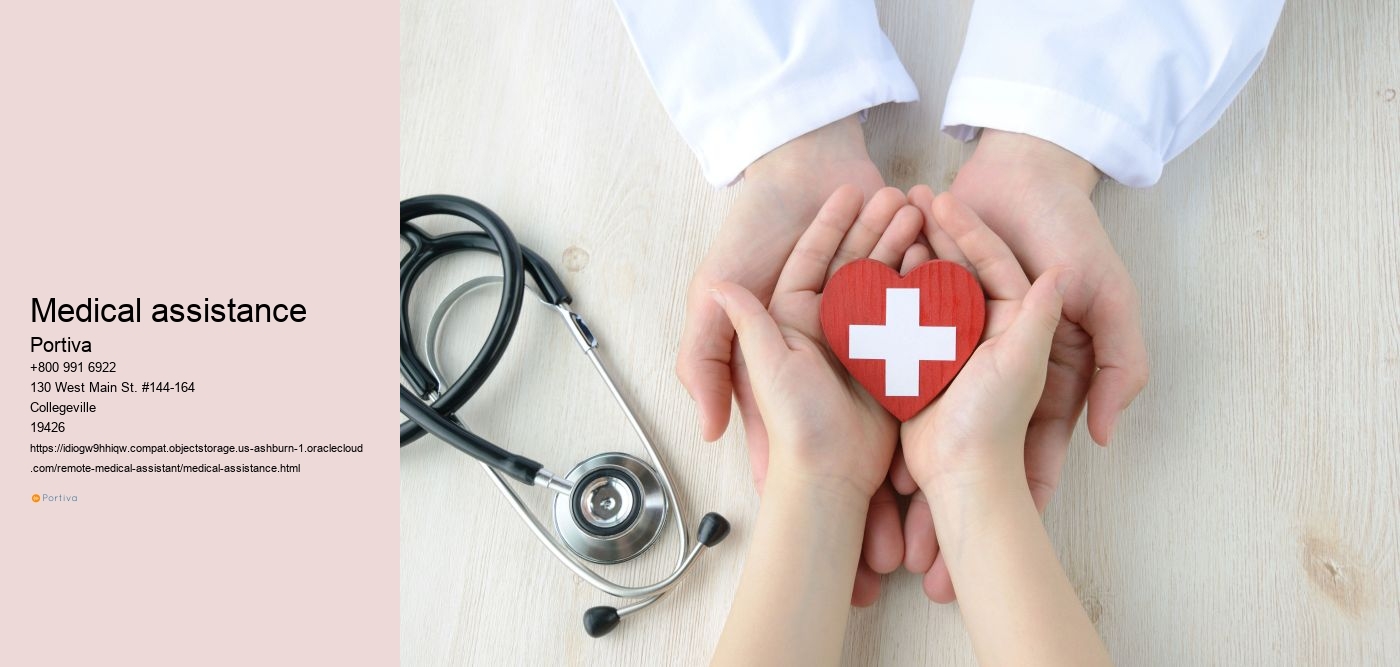Courses in medical language, clinical practices, and medical codes are offered by accreditation bodies to help Remote Certified Medical Assistants deliver accurate and timely support. Virtual medical assistants, on the other hand, do not work in a physical office; instead, they operate from home and complete their tasks there. Organizing and coordinating communication amongst remote teams is a drawback. Building a personal connection with the virtual assistant could be challenging if you can't work with her in person. A enthusiasm for the healthcare sector is required, in addition to compassion, patience, and the ability to perform under pressure. Virtual assistants are skilled and trained professionals who can provide support and work efficiently. Remote Certified Medical Assistant:A remote certified medical assistant is a medical assistant who has received formal training from an accredited medical assisting program and passed a certification exam, such as the CMA (AAMA) or RMA (AMT) exams. Medical virtual assistants must be well-versed in medical jargon, as well as in programs like Microsoft Office, Google Suite, and some health care applications. A medical assistant should also become acquainted with medical terminologies, HIPAA regulations, and medical billing procedures to provide top-quality services. Modern technology enables Remote Medical Assistants to offer medical transcription services, take patient calls, set up appointments, and work with pharmacies. Remote medical assistants must possess certification and the necessary education to qualify for the position. Hiring a virtual assistant in healthcare has many benefits.
medical assistance
